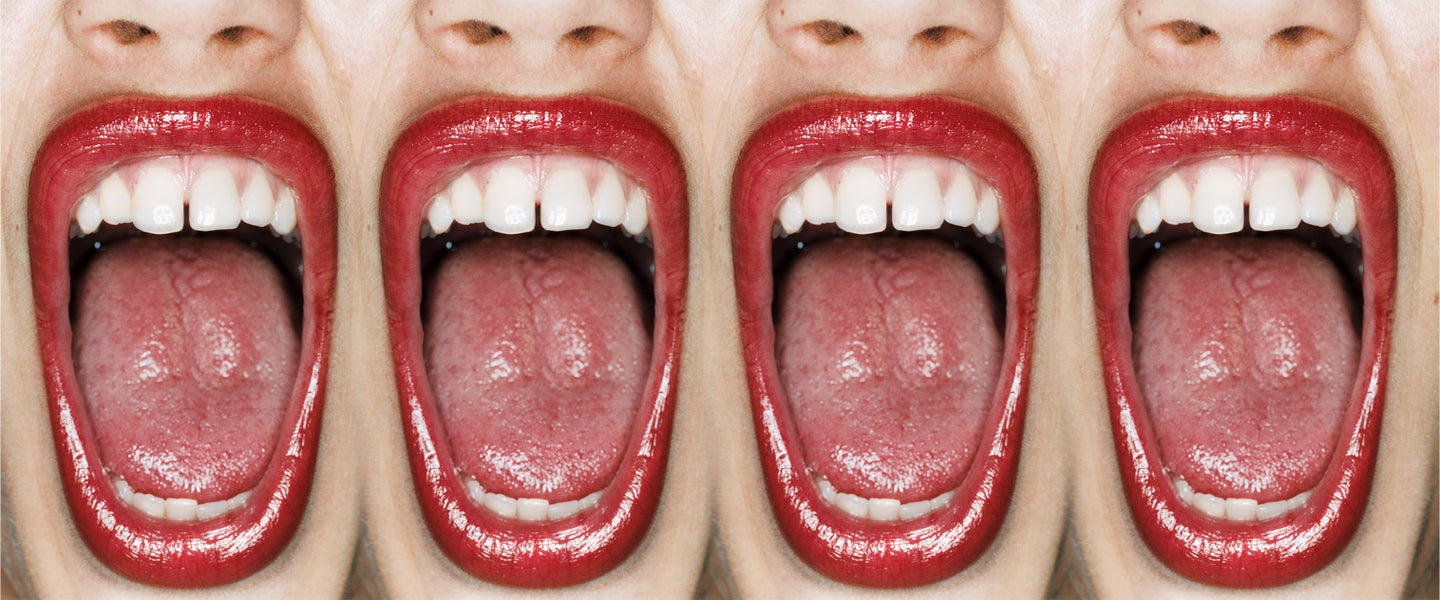I’ve always assumed that New Yorkers are more anxious and stressed out because none of us have cars to scream in. But ever since quarantine hit, many people have made an exception to social norms and taken their screaming outside — e.g., high school English teacher Tim Donahue, writer Jenessa Duncombe and Colleen Koperek, who organized a group scream in March.
The thing is, clinical psychologist Carla Manly doubts if screaming into the abyss helps, and believes such an extreme release can do more harm than good. “Primal therapy has been discredited as an effective form of therapy and was never widely accepted in the world of conventional psychology,” she tells me. “Although the founder claimed to have research to back its efficacy, credible, objective studies are lacking.”
To her point, therapists have been skeptical of primal therapy, which often includes rolling around on the floor and crying, since psychologist Arthur Janov first introduced it in the late 1960s. According to Janov, who died in 2017 at the age of 93, the process originated during a group therapy session in 1967 in which a young man discussed a show he’d seen where the performer spent most of the time shouting “Mama!”
“I encouraged this young man to do the same,” Janov once wrote. “He refused, but I insisted. Finally, he began to scream ‘Mama!,’ fell off the chair and was writhing in pain on the floor. It went on for a half hour, something I had never seen before. When he came out of it, he touched the carpet and said, ‘I can feel!’ He felt different.”
It’s the same tactic used by cults, religious groups and even TV writers, where people exploit what’s known as the “myth of catharsis,” or the false notion that people have to get negative feelings and emotions out of their system. But again, growing evidence suggests the opposite: That is, blowing off steam just creates more steam. Or rather, screaming only leads to more screaming.
So while, anecdotally speaking, plenty of people have been helped by primal screaming, there’s less research backing them up compared to other approaches like cognitive behavioral therapy. Manly suspects this is likely the result of a placebo effect; along those lines as well, studies show that the more people believe in the myth of catharsis, the more they seek it out. As such, Manly wouldn’t tell someone to stop primal screaming if it helps them, but she wouldn’t recommend it either.
“If the client experiences a reduction in symptoms and experiences improved mental health, one could argue that the outcome is successful,” she explains. “However, the key question is whether the success can be attributed to the therapy itself or some other factor like the placebo effect.”
The logic being that if it works for you, then it works. This is partially why primal therapy has survived for so long, but has been reframed and adapted in recent years as somatic, or body-focused therapy. Somatic therapy isn’t regarded as evidence-based either, but the premise is the same: People need to release their negative emotions.
The problem with all of this is that — once more — if it doesn’t work for you, it can leave more discomfort than comfort in its wake. “Although screaming might feel good in the moment, it’s generally insufficient to rid oneself of past trauma, and it certainly doesn’t help the client pave the way to a better future,” Manly says.
Now, that’ll make you want to scream.

